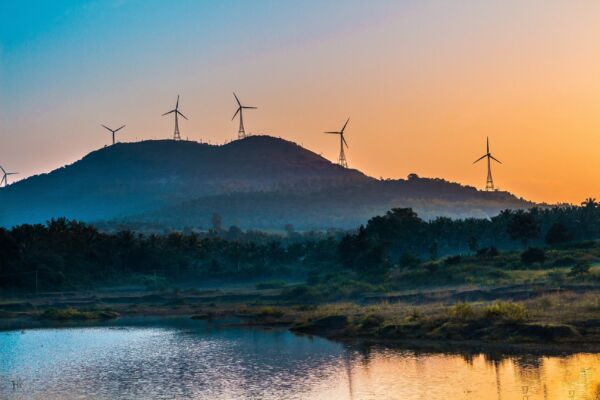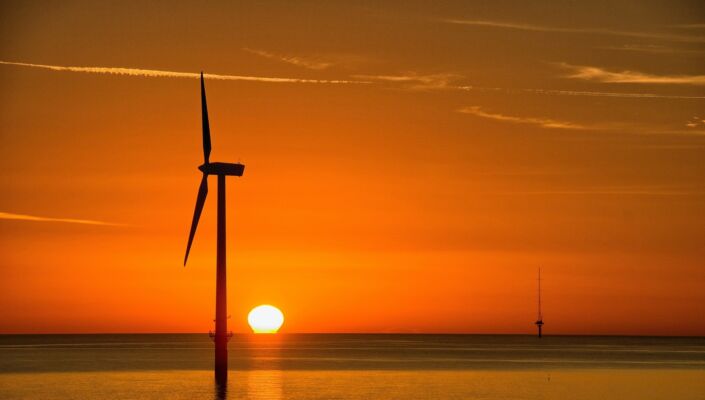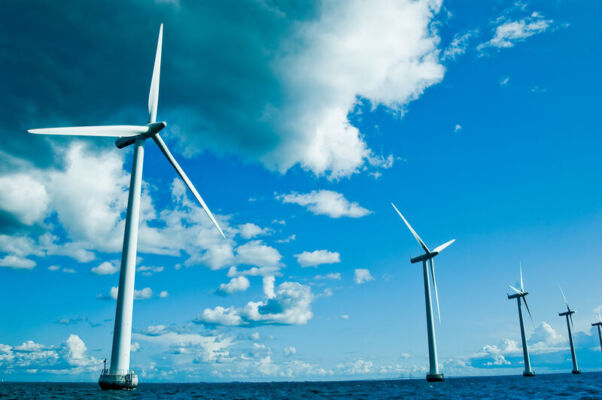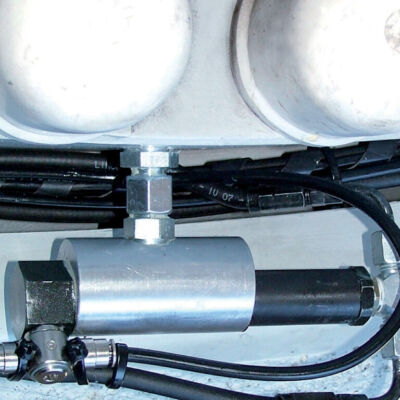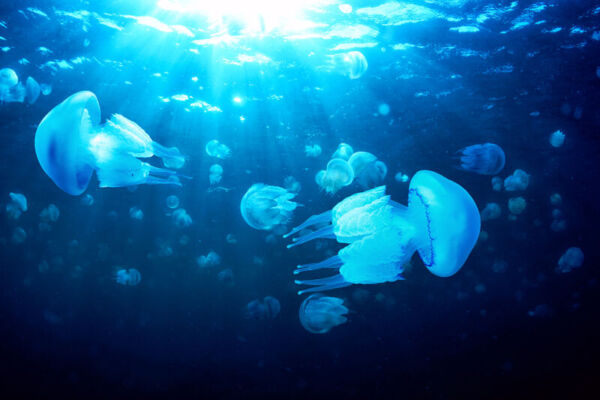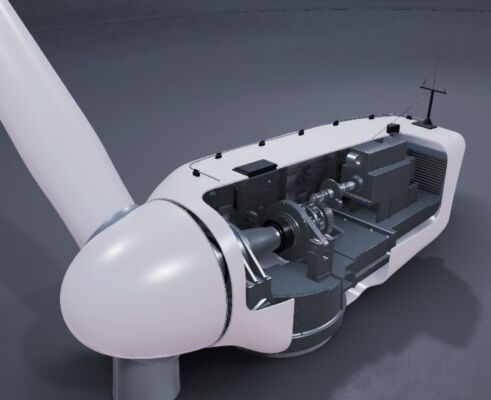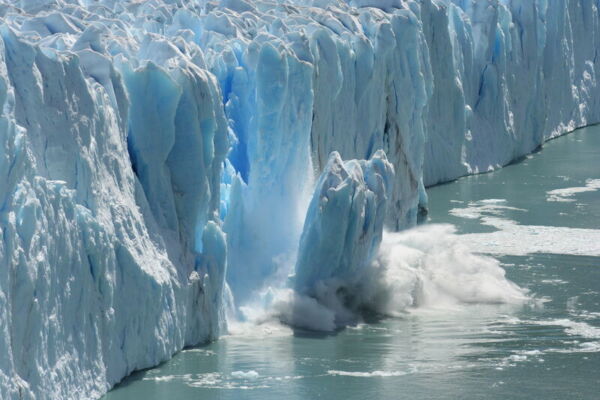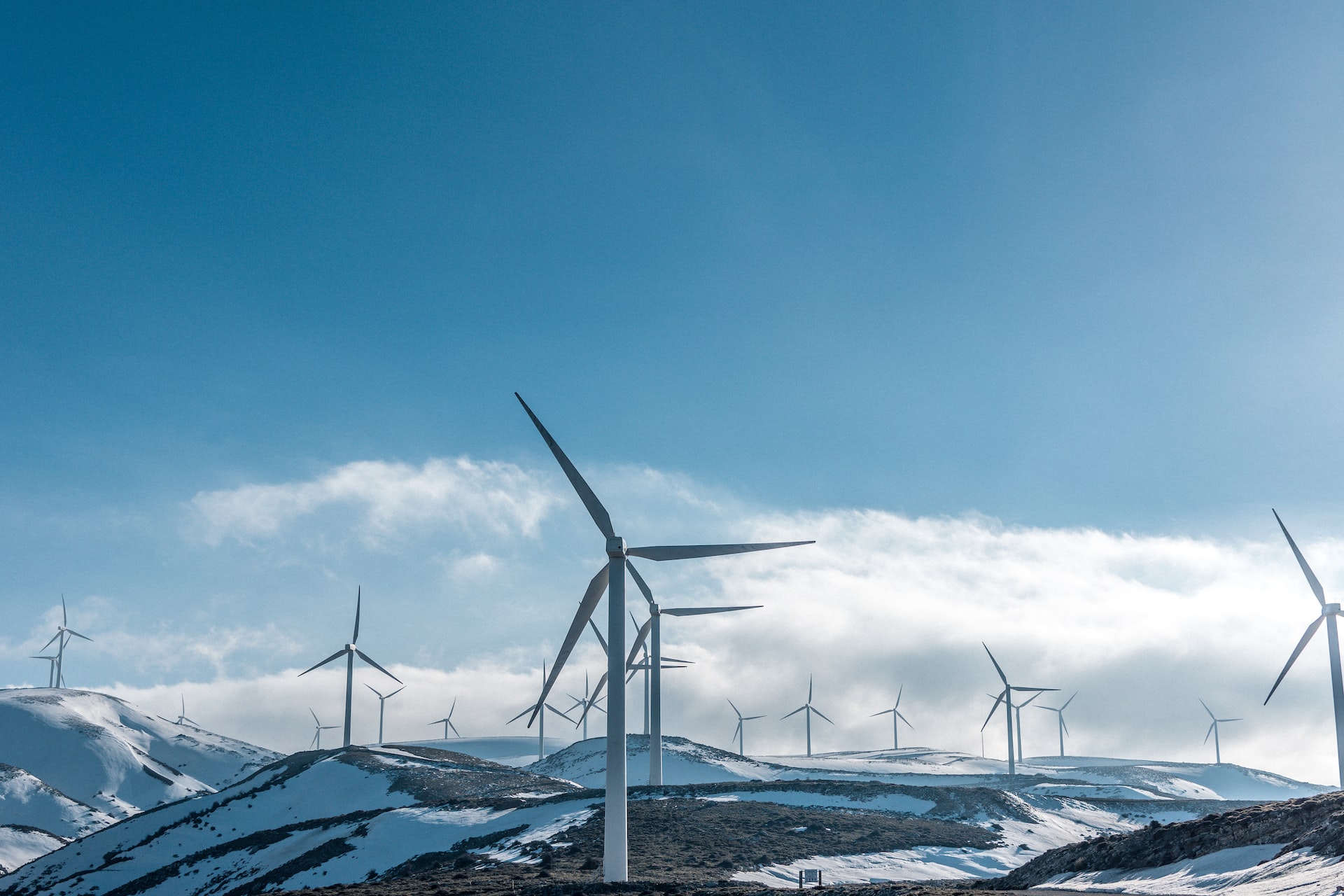Wind innovations – Part 1 – Three wind technologies you should know about
As wind energy continues to be one of the fastest growing renewable energy sources worldwide, the possibilities in that area are endless. Many creative thinkers are coming up with various alternative innovations that could turn the tide.
Heading Offshore – The recent boom in the expansion of offshore wind energy
Global offshore wind activity is on the rise. Since 2021 the number of related projects in the pipeline has never been higher. Experts are already speaking of a boom that is being driven primarily by China, the UK, and the USA. But is this development just a flash in the pan or is it here to stay?
Firmly anchored – How are wind turbines anchored to the seabed?
Offshore turbines have to deal with a lot of stress – the strong sea winds, waves crashing against the turbine shaft, and the fact that it has to reach the ground of the ocean to be constructed. It is vital for a wind turbine to have a strong foundation so that it can withstand all these stressors. The question is, how?
Lubrication at new heights – Lubrication Part 2 – How wind turbines run like clockwork – around the clock
In mechanical systems, the perpetual friction of moving components is an acute problem. The only way to minimize the likelihood of major damage is with regular lubrication – a tough task when it comes to wind turbines.
Ceramic outperforms steel – Clever material combinations for robust bearing solutions
Bearings often operate under challenging applicational conditions. Contamination and electrical erosion can cause bearings to fail quickly — if they aren’t engineered accordingly.
No need to choose – Preserving species and fighting climate change
Wind energy is a driving force of the energy transition. Especially offshore wind parks have proven to be extremely promising due to their ability to produce massive amounts of energy. Yet, marine biologists are concerned about the influence the construction may have on the underwater environment. Does this mean we have to sacrifice climate protection for the sake of marine flora and fauna?
Strong and robust – Putting tailored heat-treated gearbox bearings to the test
Robust bearings are the key to a long-lasting wind turbine. To evaluate their surface and subsurface robustness and minimize failures, SKF has further developed the SKF Generalized Bearing Life Model (GBLM). During the "Bearing World by FVA" conference, the company presented its application of the SKF DuraPro for wind turbine gearboxes.
Africa’s huge wind potential – Electricity shortage in Africa: Gone with the wind?
In many parts of Africa, people still live without access to electricity. Although recent studies have shown the potential for renewable energy on the continent, electrification is proving to be challenging. In remote regions especially, the infrastructure is lacking.
On the edge – What saving the planet means for the wind industry
The 2022 report of the Intergovernmental Panel on Climate Change (IPCC) has brought the importance of climate protection back to the forefront worldwide. Let us take a look at the global wind energy market: What changes can operators expect in the coming years?
